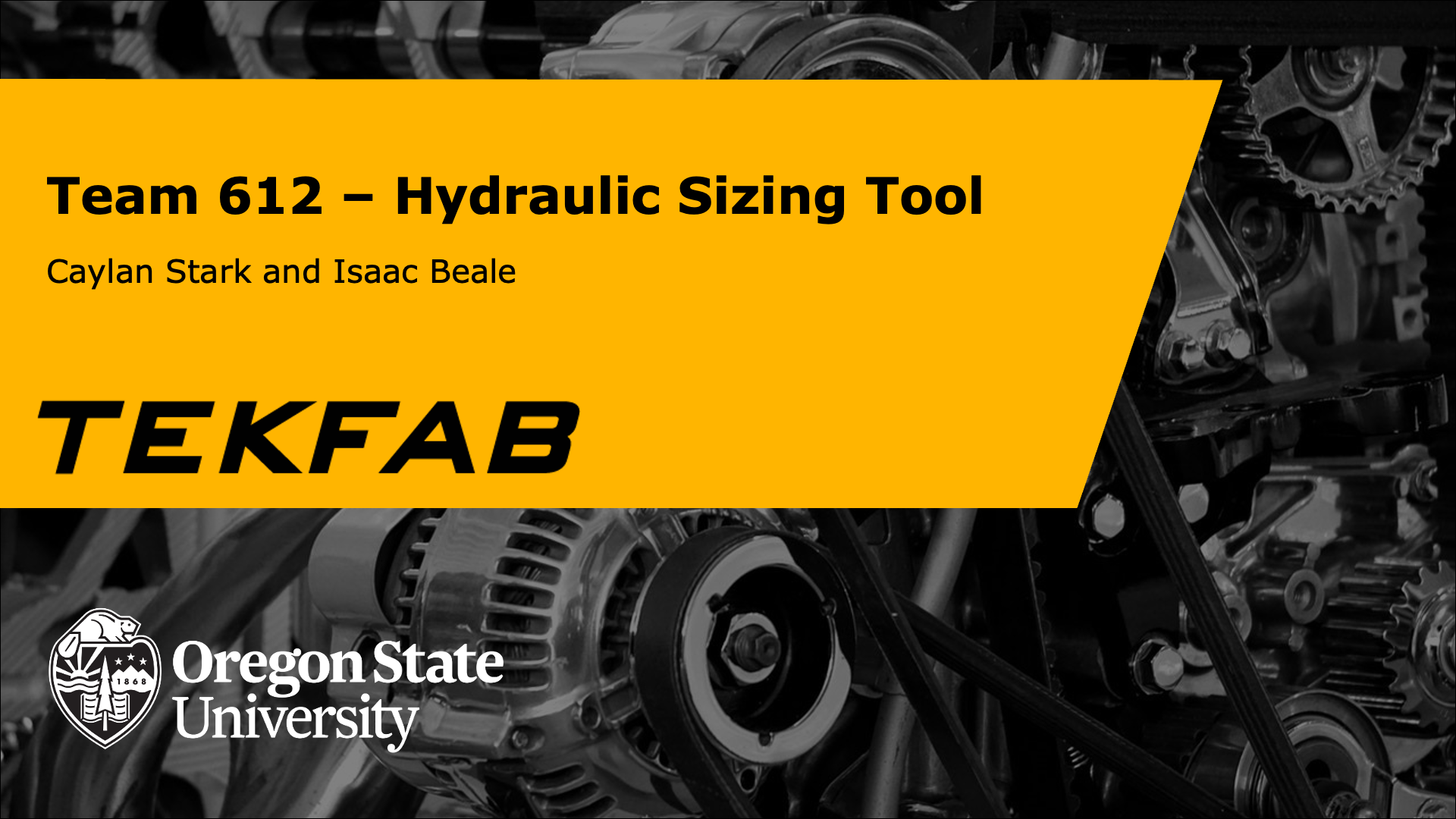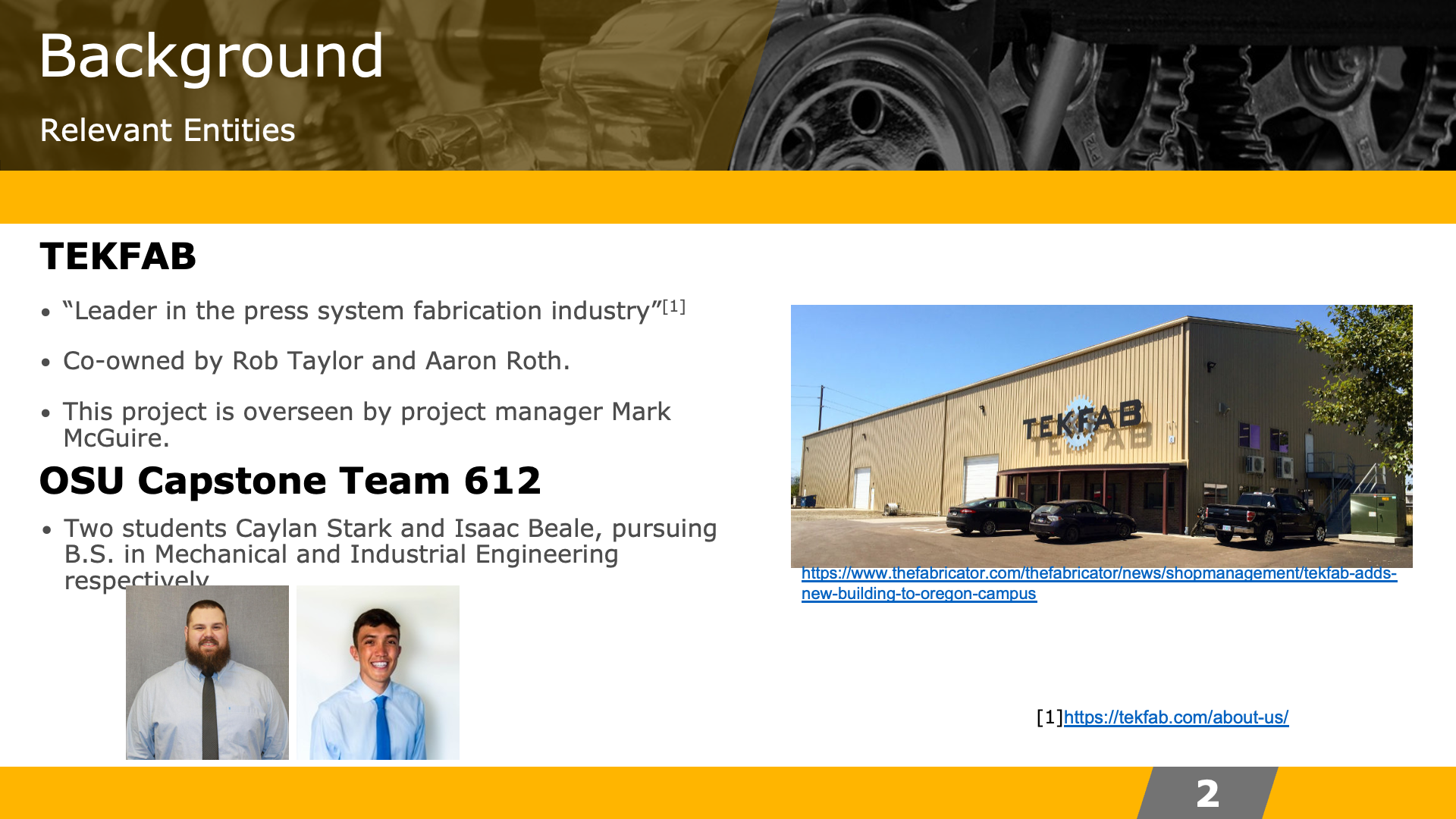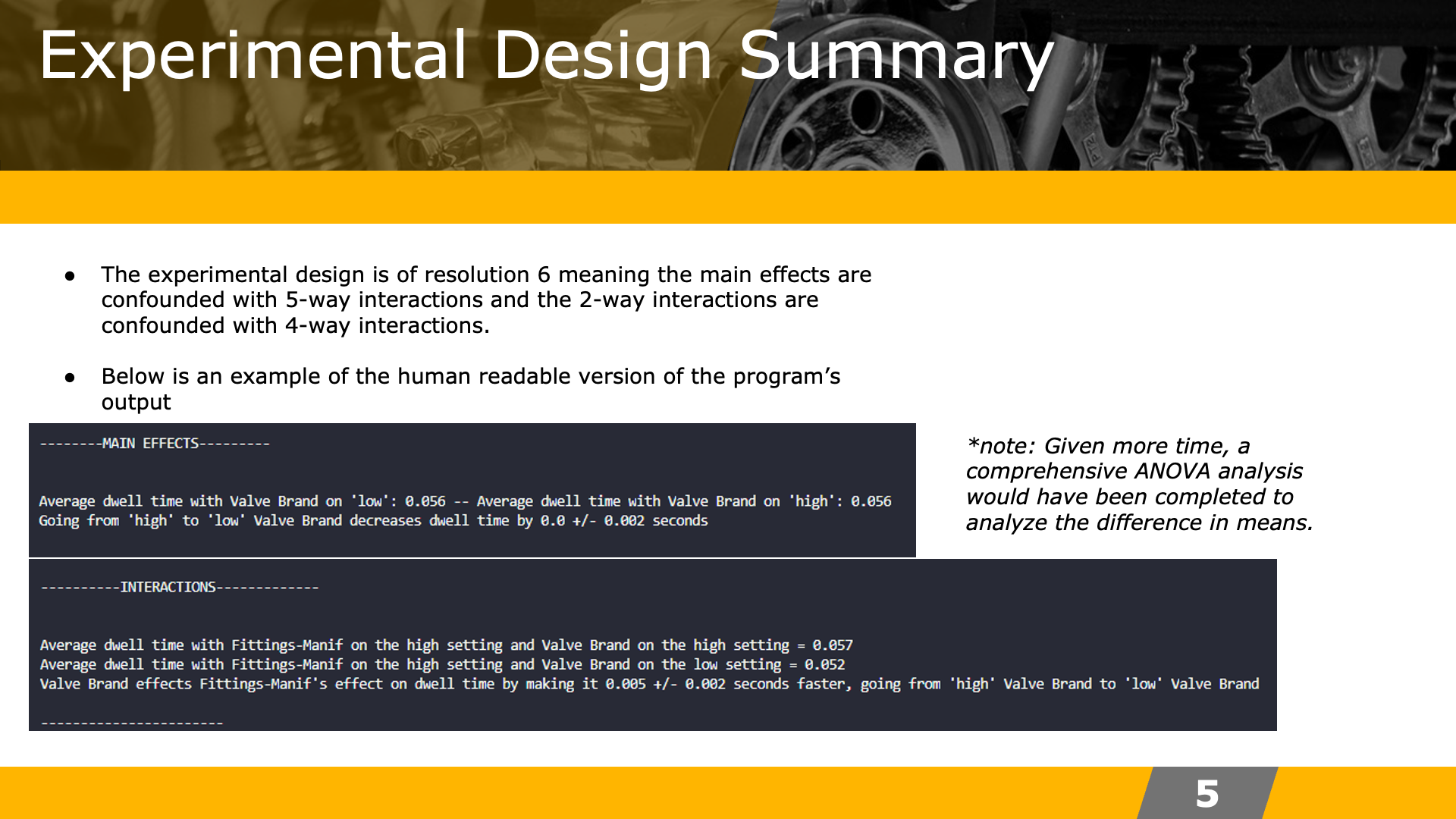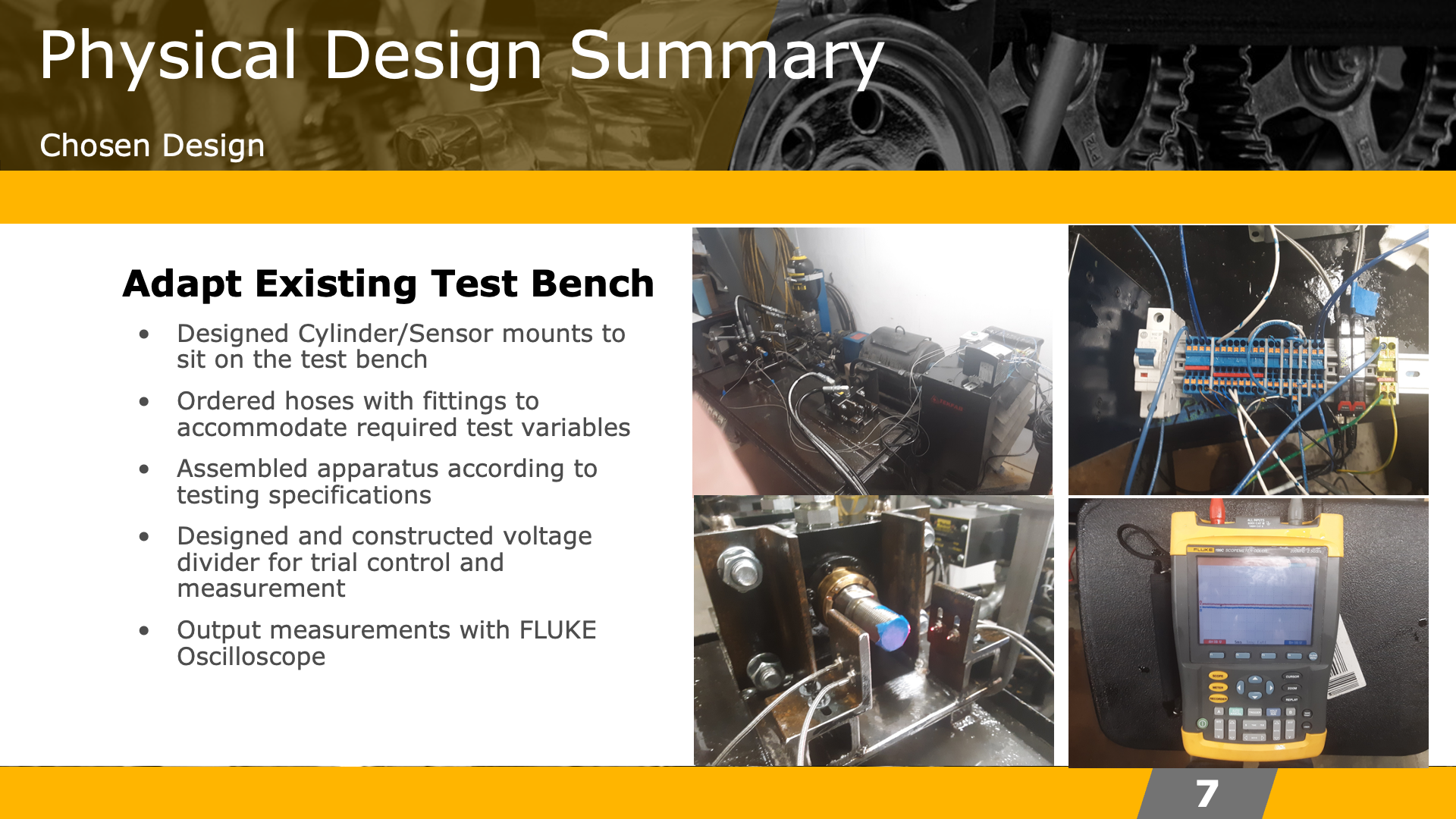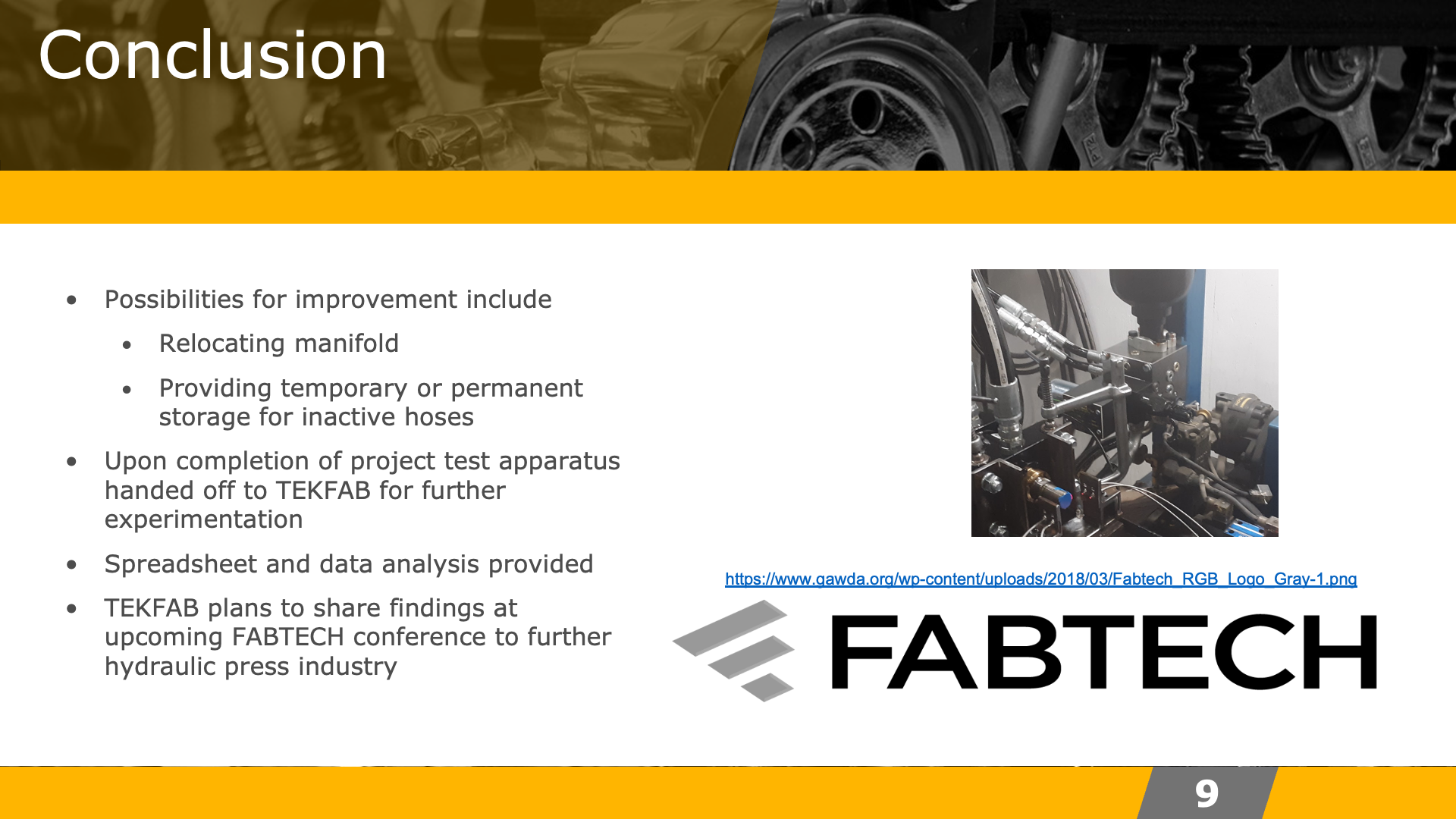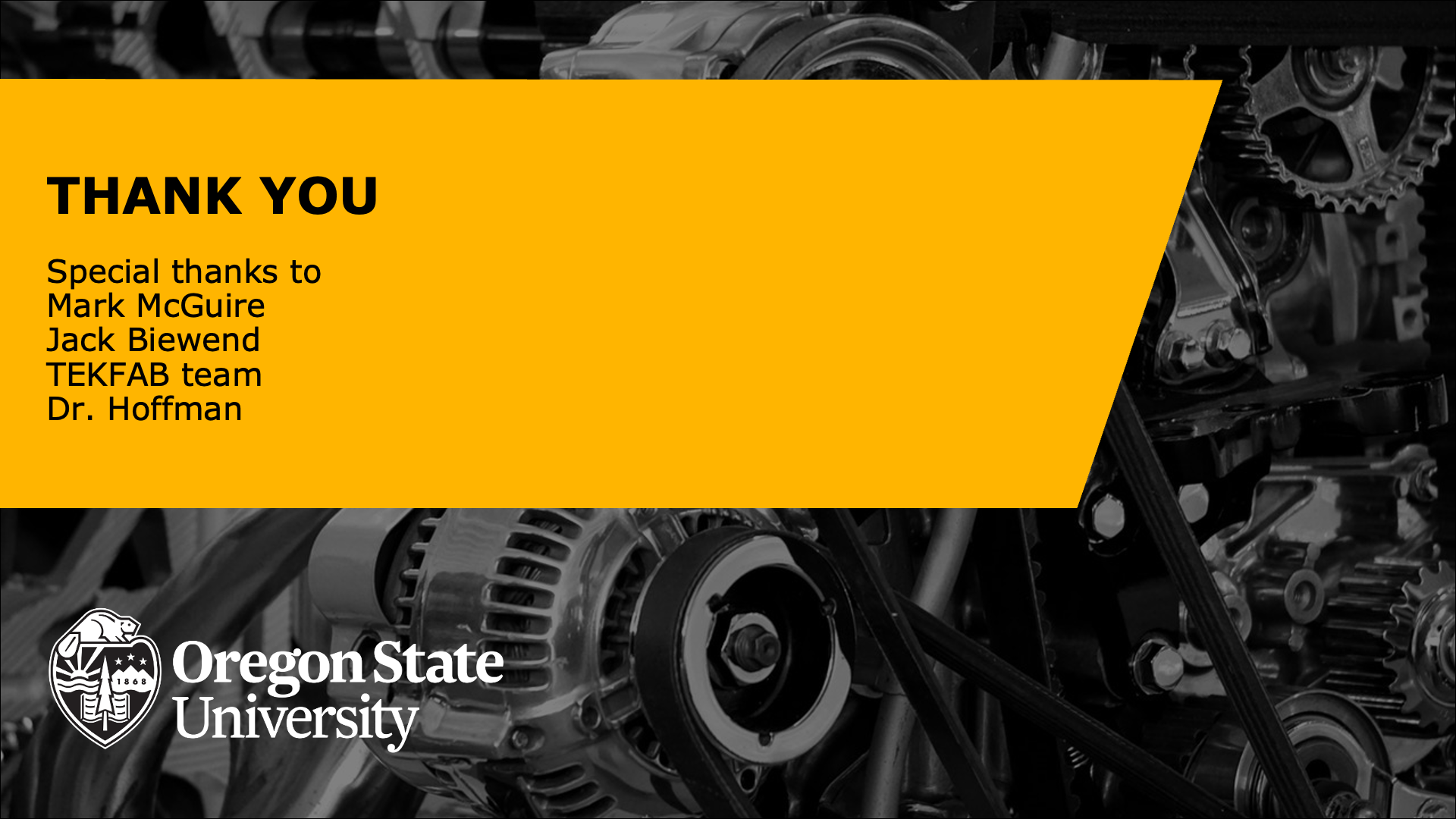
B.S. Industrial Engineering (OSU)
Isaac Beale
backend_engineer | system_architect | problem_solver
My name is Isaac Beale and I hold an M.S. in software engineering with a focus in cybersecurity from Arizona State University along with a B.S. in industrial engineering with a minor in computer science from Oregon State University. My path to becoming a software engineer was unconventional, starting in a different discipline, and finding a passion for programming late into my undergraduate studies.
I'm a full-stack software engineer at Apple with a backend focus, working primarily with Django and Angular. My expertise spans database design, system architecture, analyzing technical trade-offs, and root cause analysis. I'm equally comfortable diving deep into backend systems as I am working across the full stack to deliver complete solutions. My work style is self-starting and independent, but I believe strongly in collaborative problem-solving and knowledge sharing with my team.
Experience
Apple
Full Stack Software Engineer
› Tech Stack
Human Engineering Software
Working on a small, agile internal tools team focused on innovation and developer experience. Responsibilities include collaborating with stakeholders to gather requirements, designing and pitching technical solutions, and building and maintaining a diverse portfolio of tools and libraries that support internal workflows.
Intel Corporation
Full Stack Software Engineer
› Tech Stack
Key Project: Integration Technician Request System
Designed and implemented a web application for employees at Intel to make requests to the integration team. This system was built to replace the email standard that was currently in place. Started as a prototype for Intel in Aloha, OR and now supports 8 different intel locations including 4 outside of the US.
Arizona State University
M.S Software Engineering
Relevant Courses:
Oregon State University
B.S Industrial Engineering, minor in Computer Science
Relevant Courses:
Skills
Languages
4 items
Frontend
2 items
Backend
3 items
Cloud
1 items
Projects
ASU Maps AR Navigation
An augmented reality mobile application for Arizona State University that helps students navigate between classes using AR overlays. The app features user authentication with persistent class sche...
Digy Programming Language
A custom programming language based on Python syntax, built using ANTLR for grammar parsing and evaluation. Digy supports multiple data types (integer, string, boolean), arithmetic and logical ope...
LifeMapz E-Commerce Platform
A proof-of-concept e-commerce platform developed for an external stakeholder, demonstrating how vendors could sell products through individual stores with QR code integration. The project showcase...
Hoop Finder
HoopFinder is an interactive crowd sourced database of basketball hoops around the world. The project was built for basketball players to share and discover lesser known basketball hoops, with...

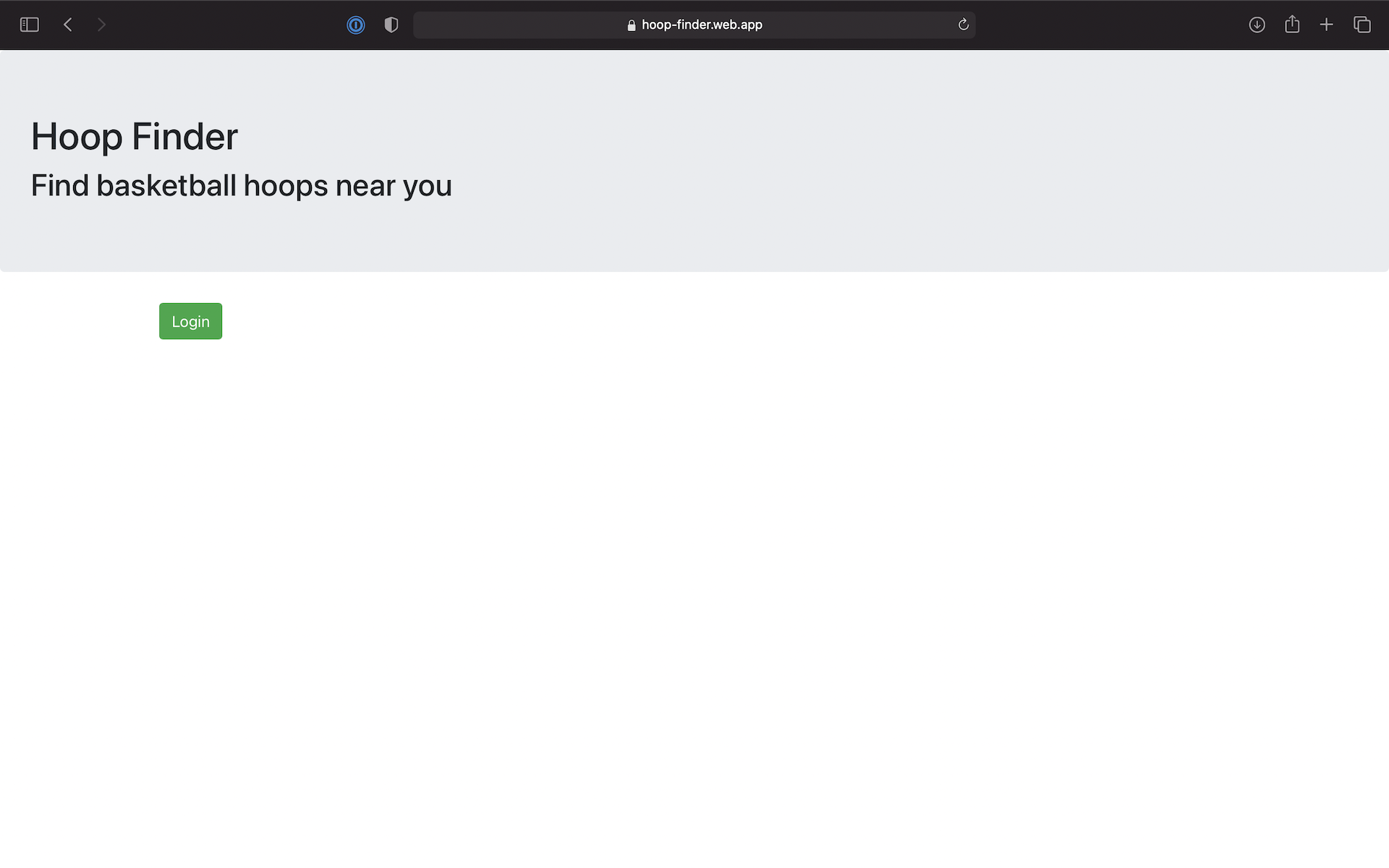
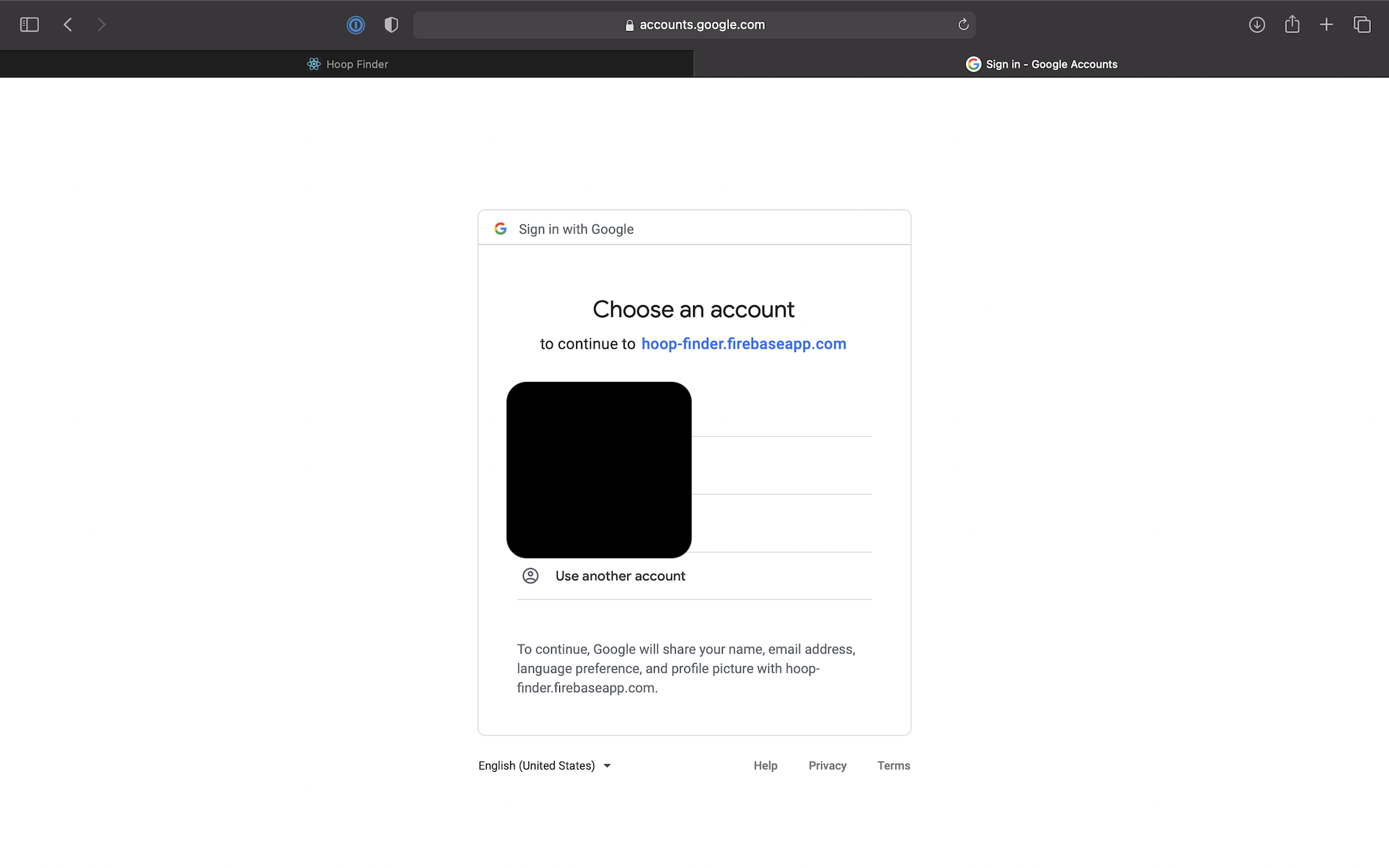
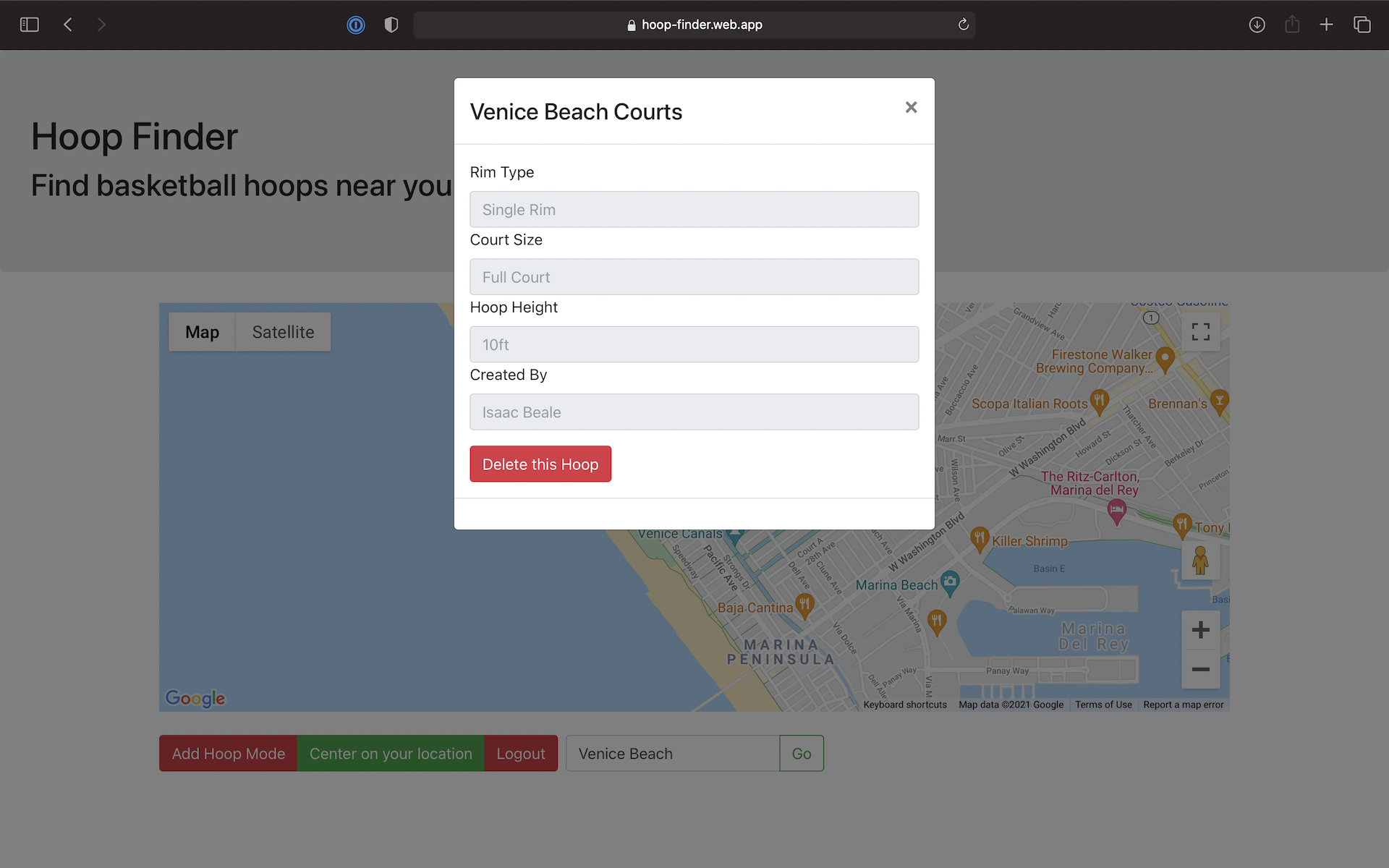
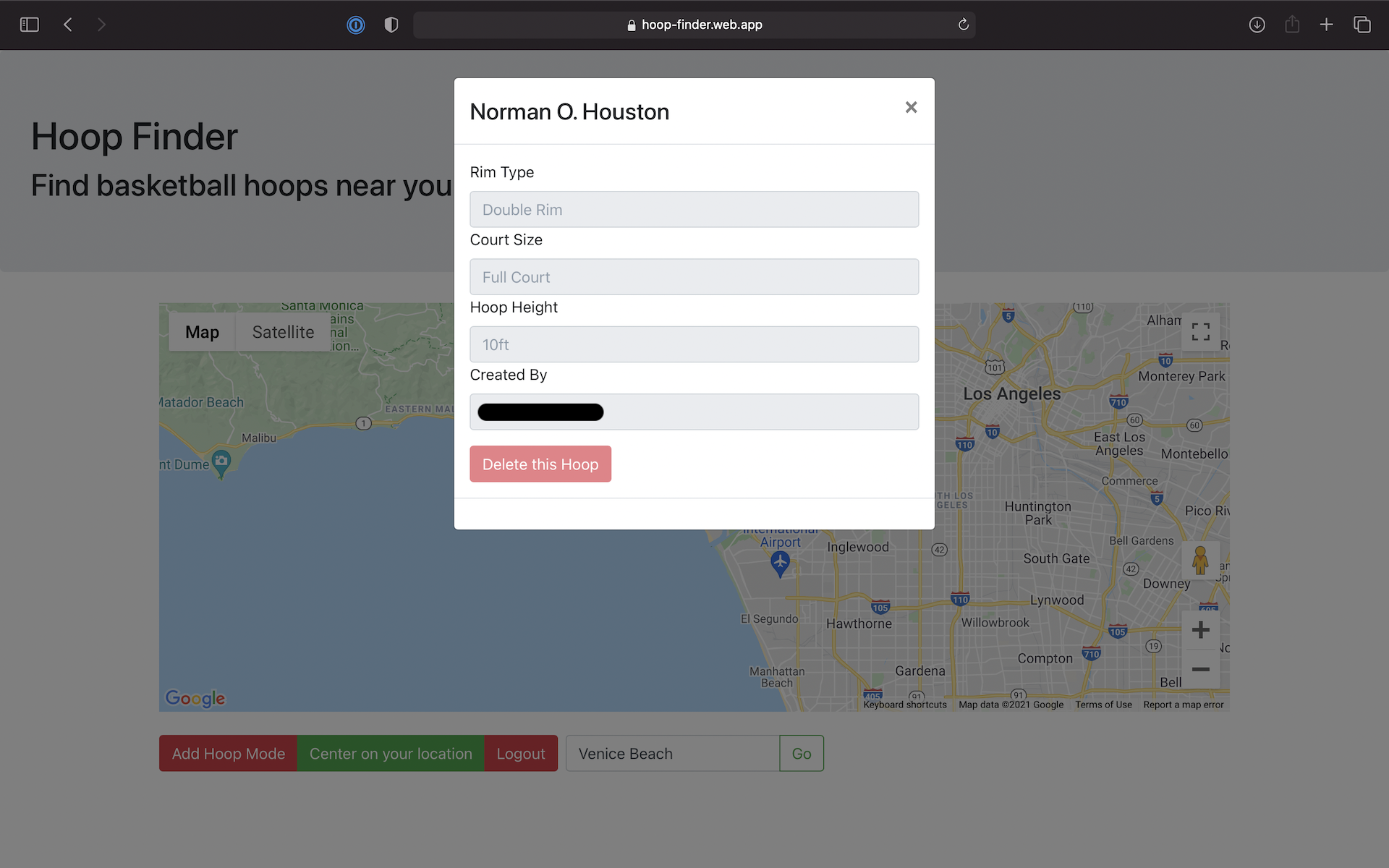
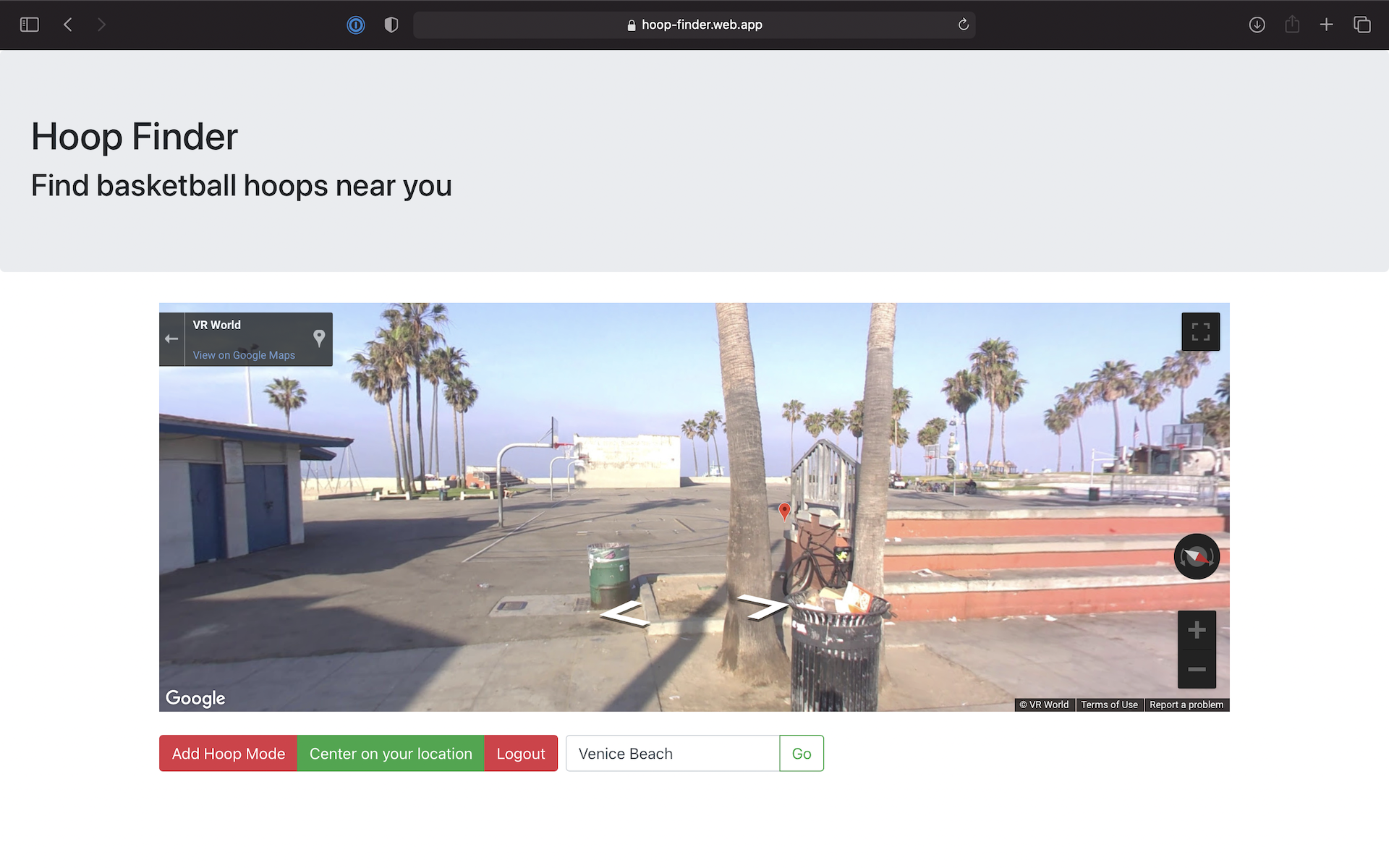
Graph Algorithm Visualizer
This application adds a visual element to graph algorithms. Currently it only supports Dijkstra's Algorithm. A user may add and remove blockades represented by black squares. When the user press...
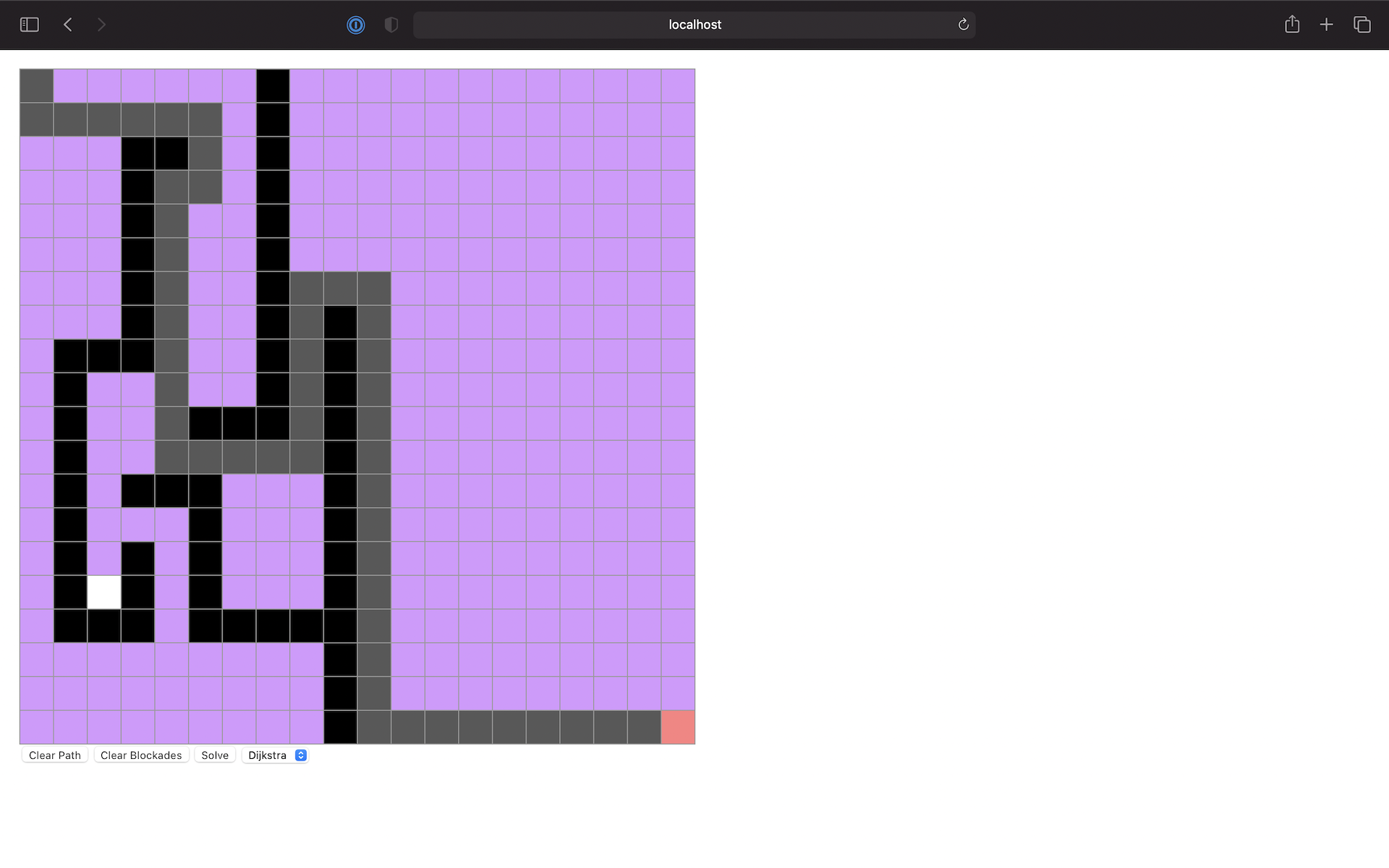
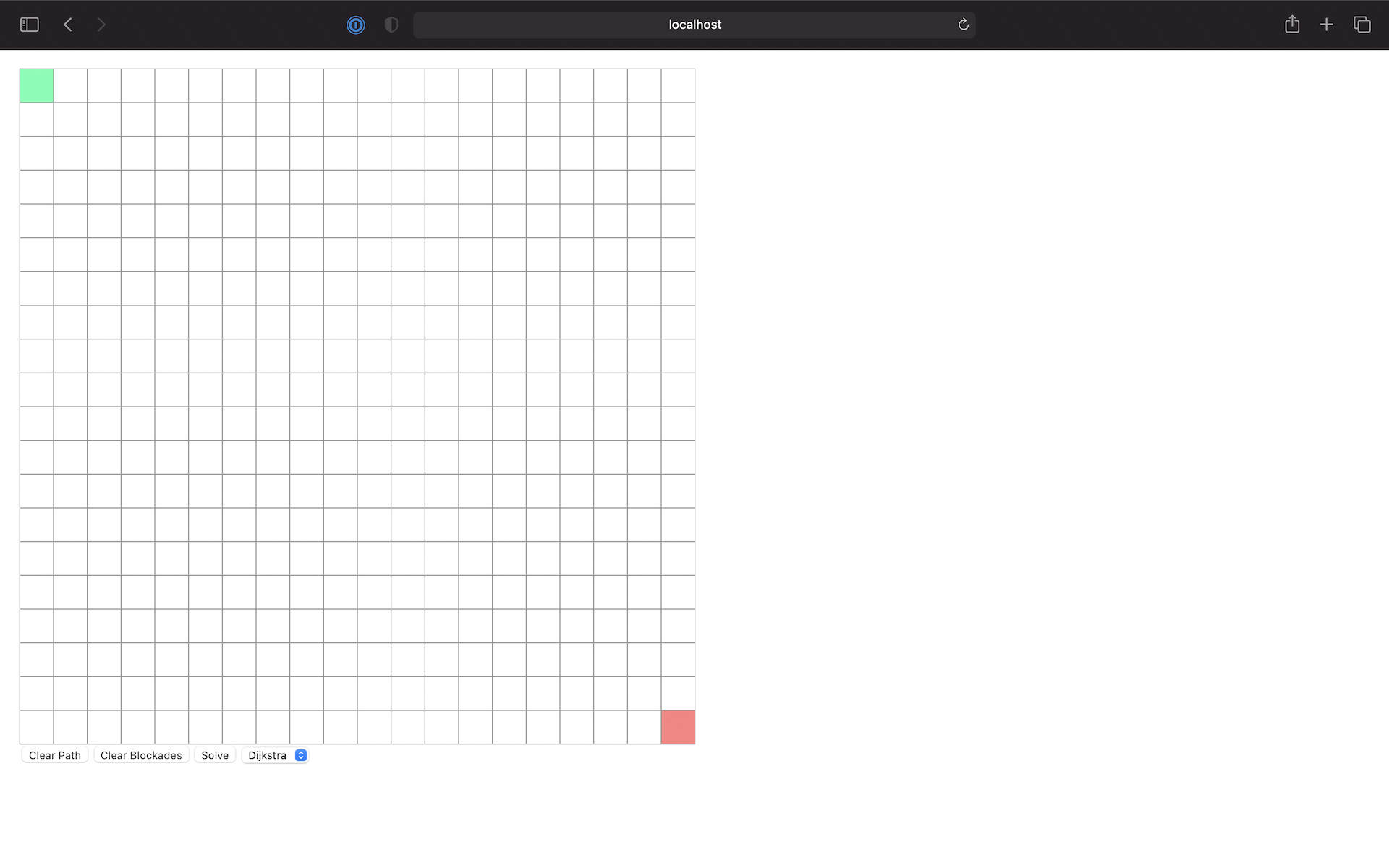
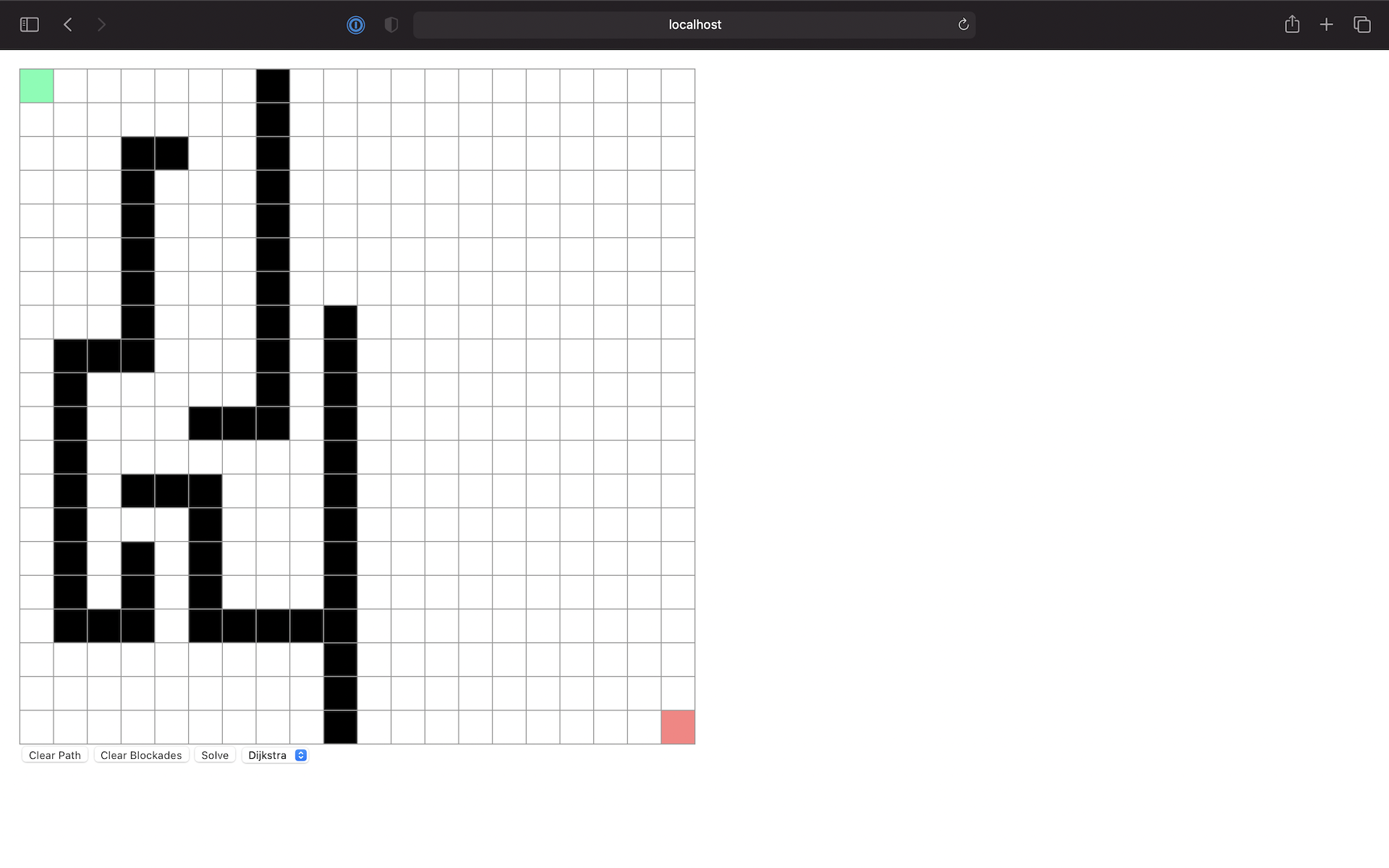
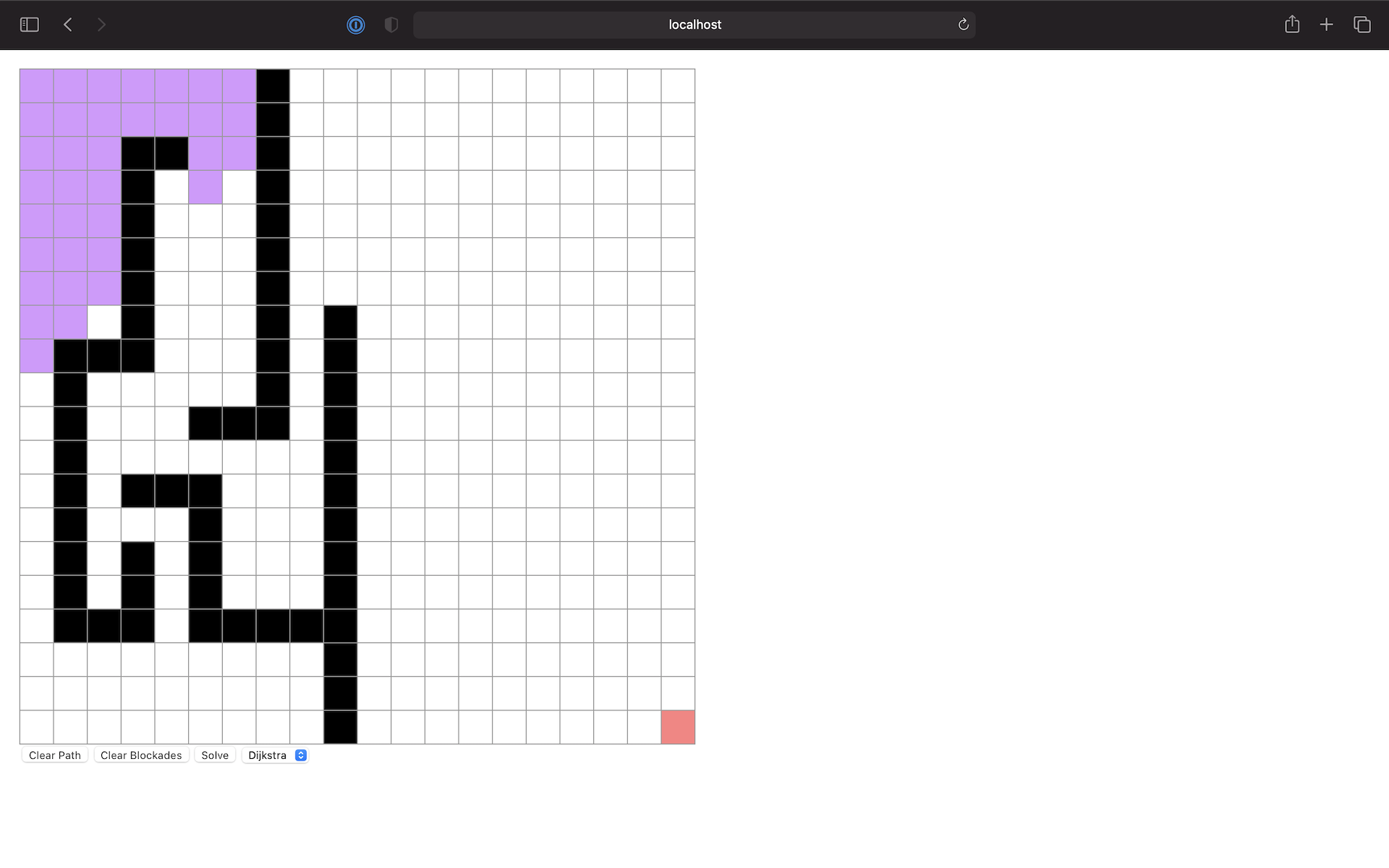
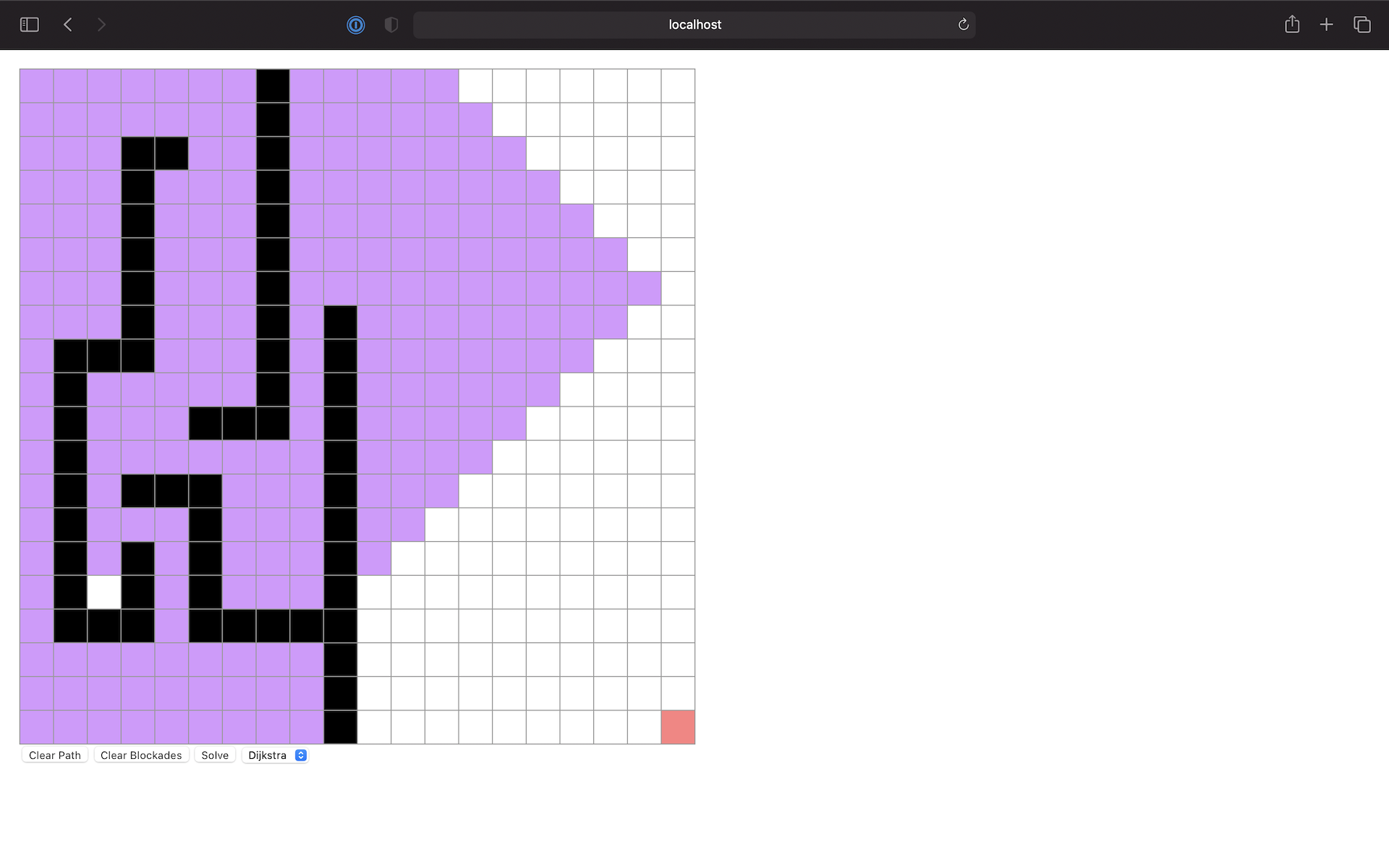
Keypers Sneaker Bot Rental Site
Keypers was a website for users to rent sneaker bots in order to secure limited pairs of shoes. The bots that we provided primarily used key based authentication to to pair users with bots. In...
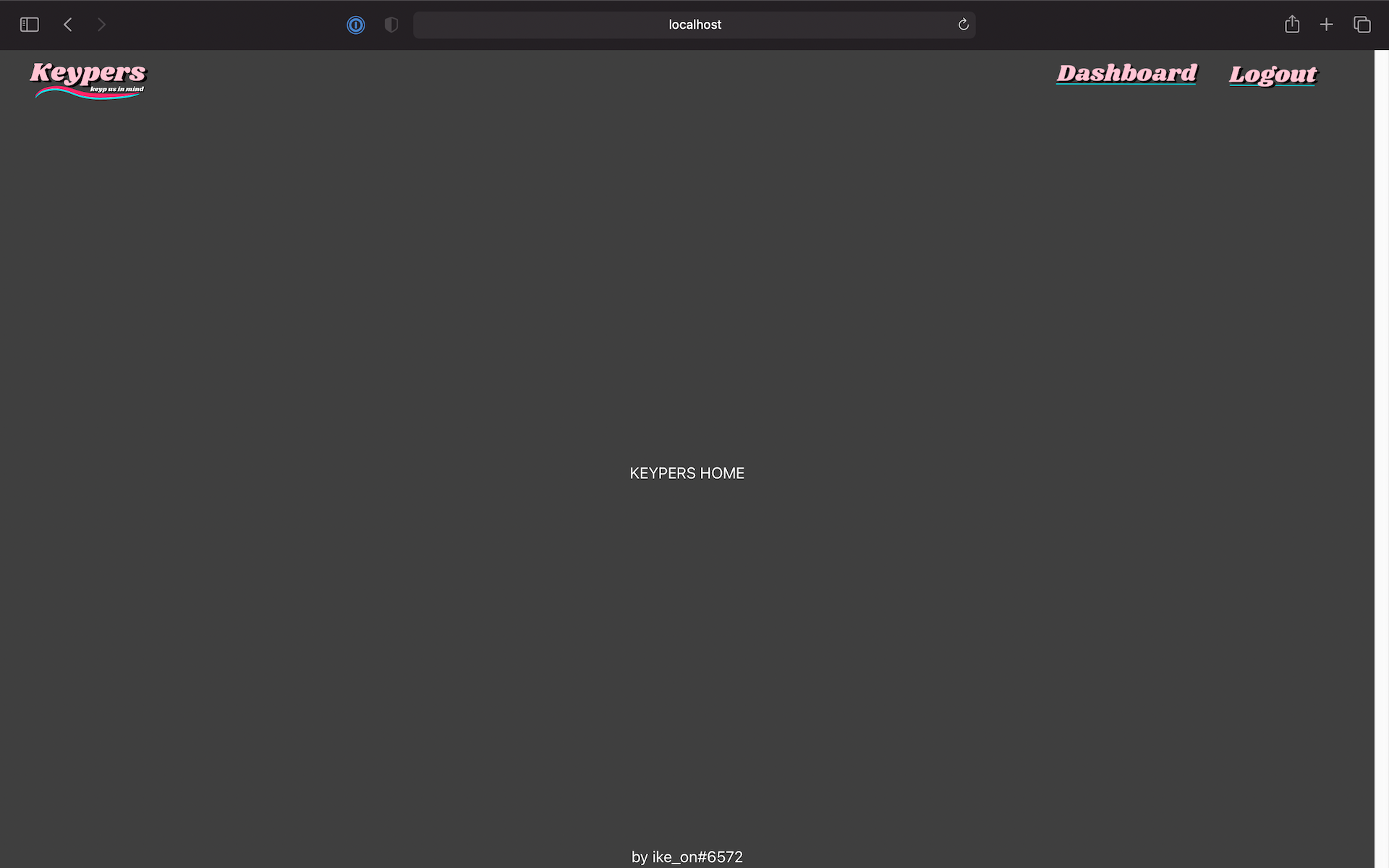
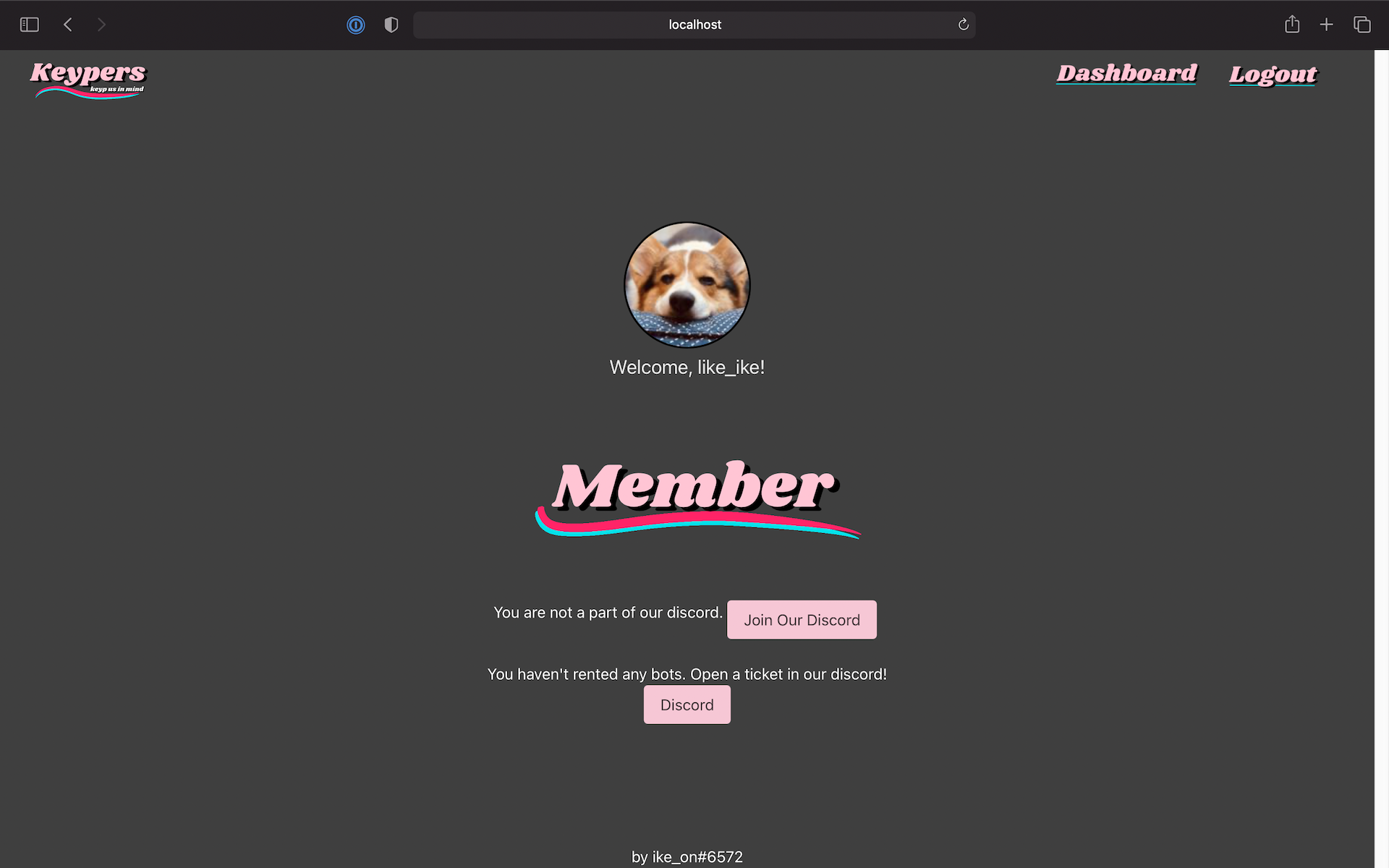
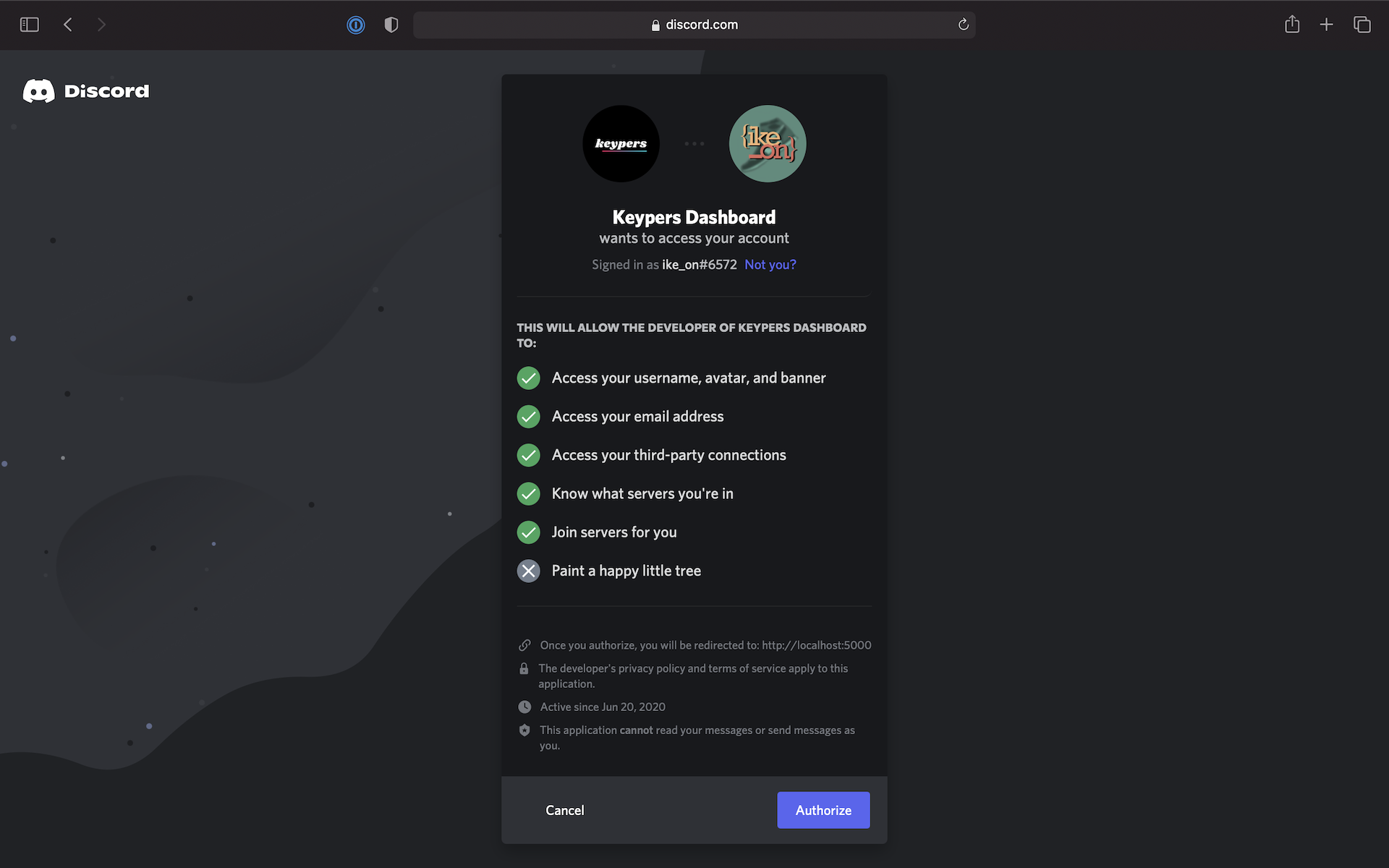
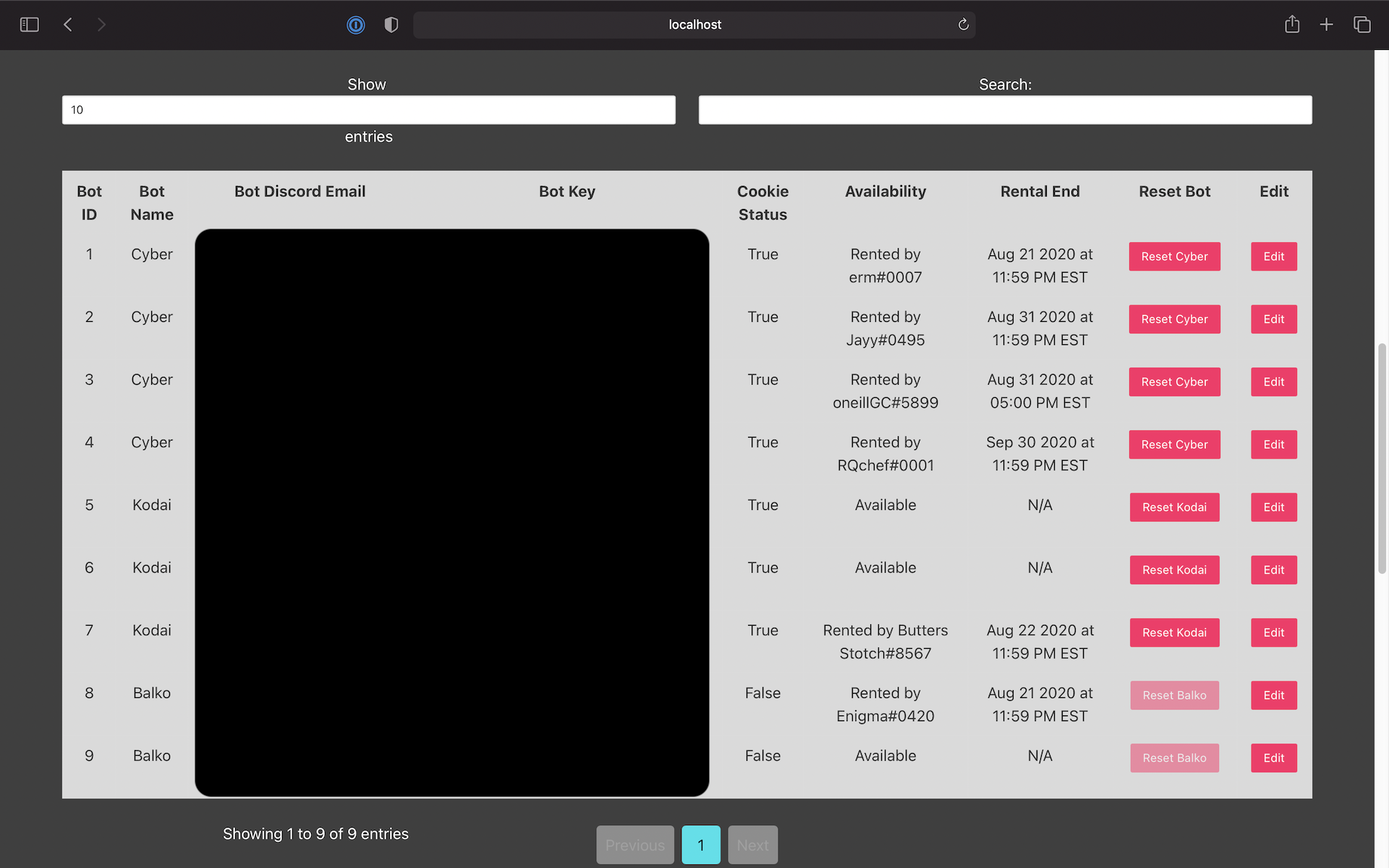
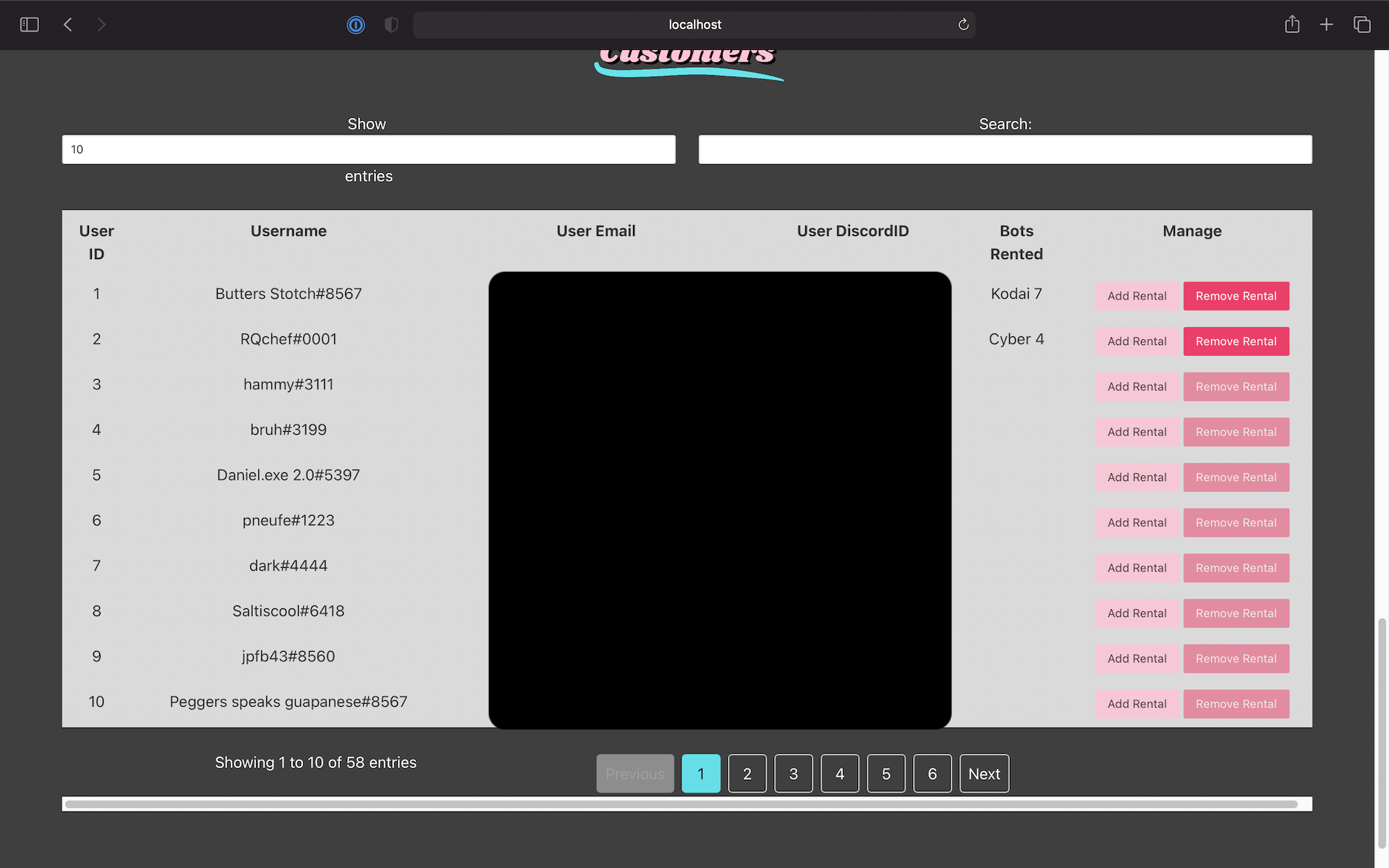
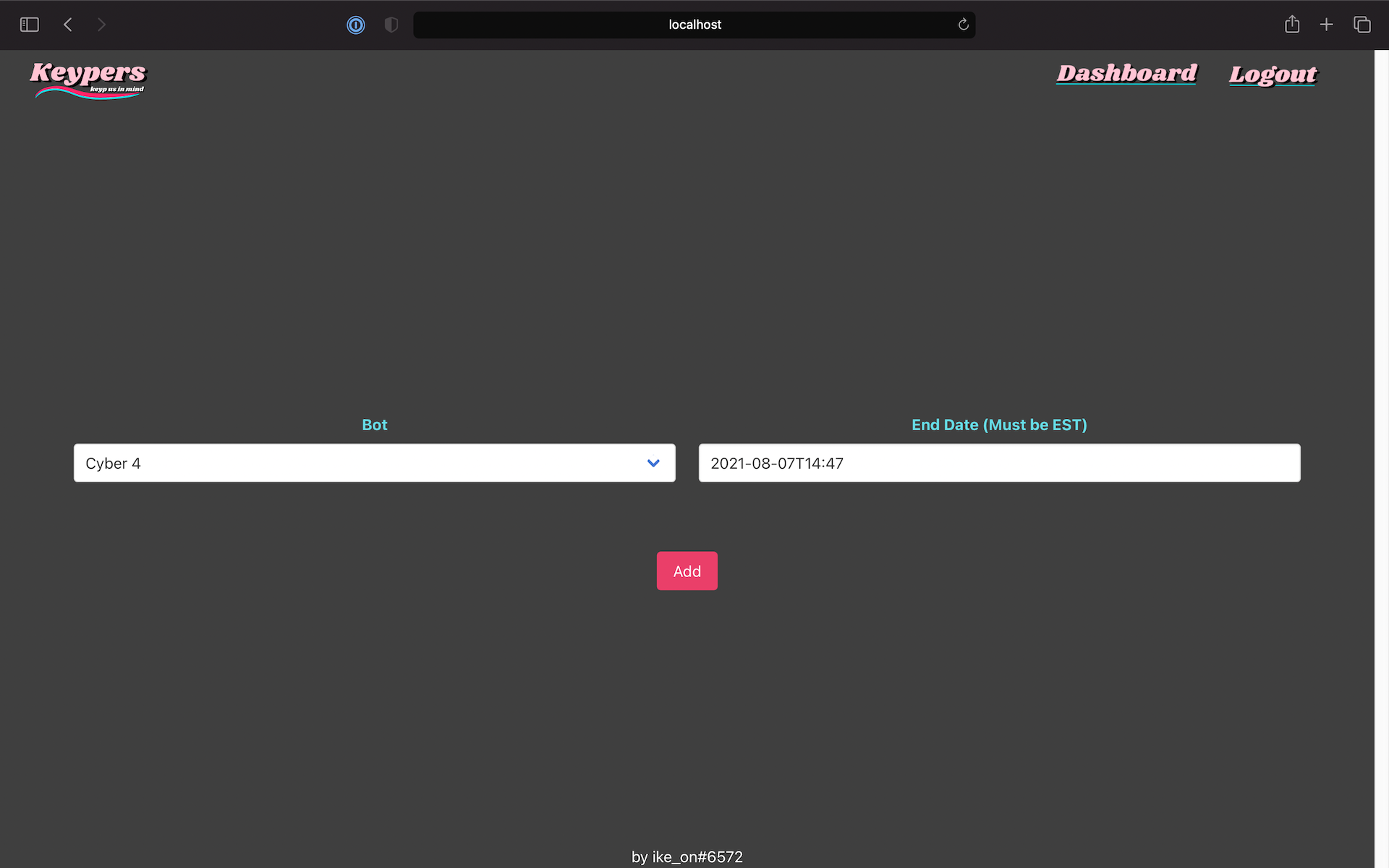
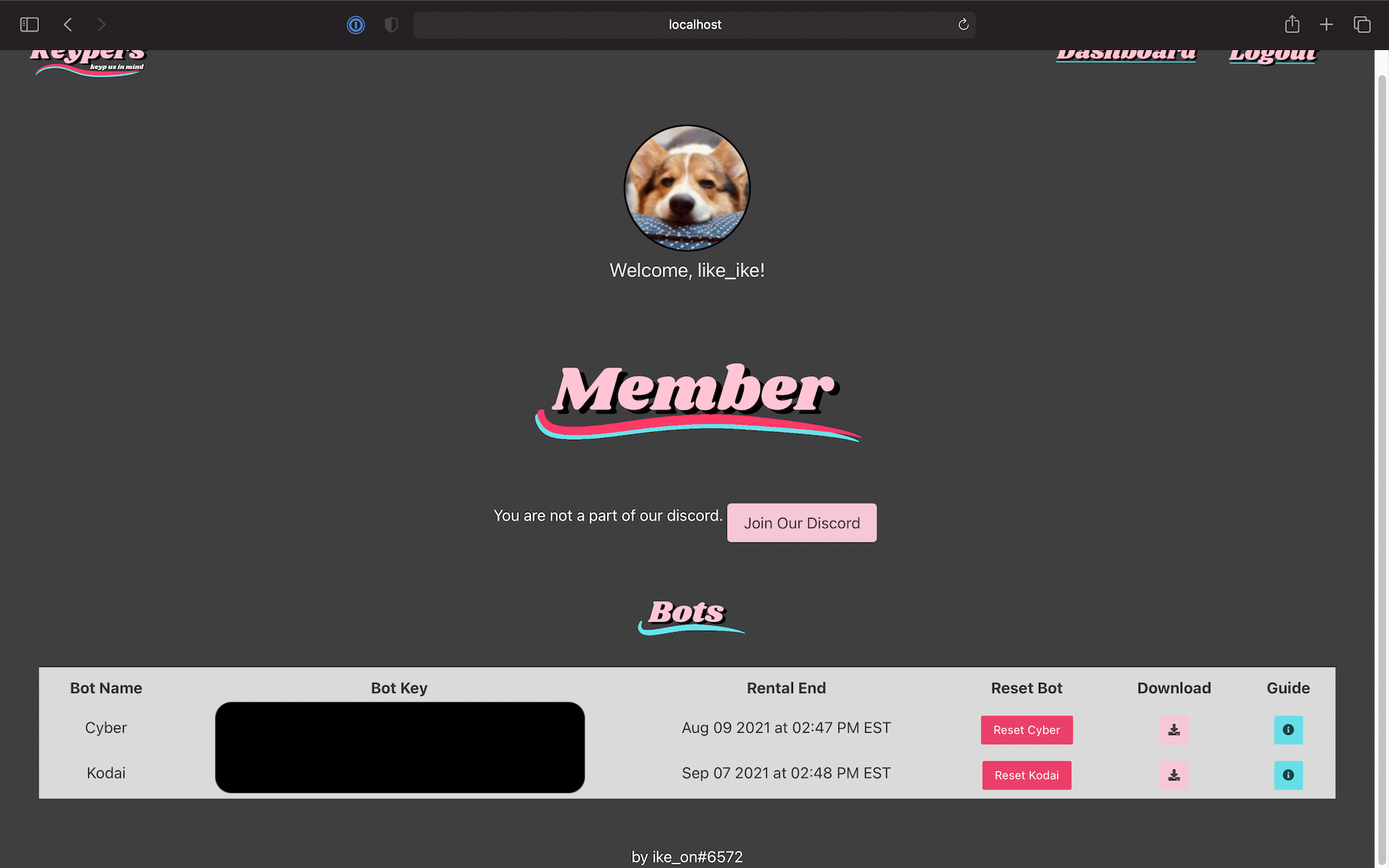
OSU Capstone
This project set out to empirically test the effect of hose diameter, hose length, valve, fitting, and cylinder size on the dwell time of a hydraulic cylinder for the company TEKFAB in Albany, OR. ...
